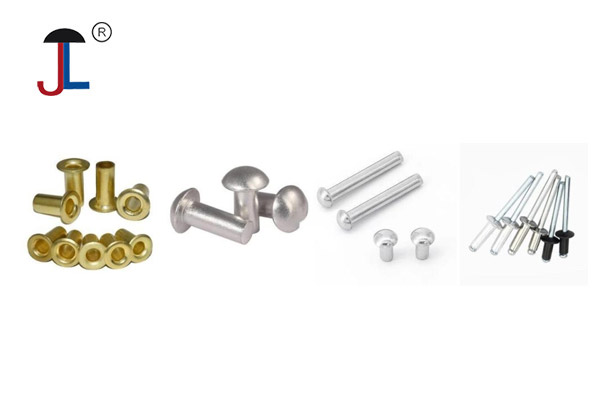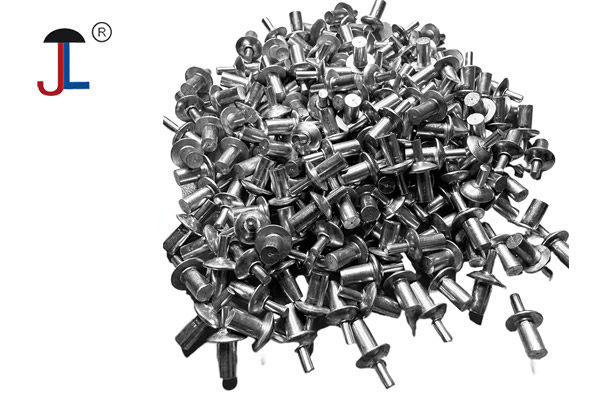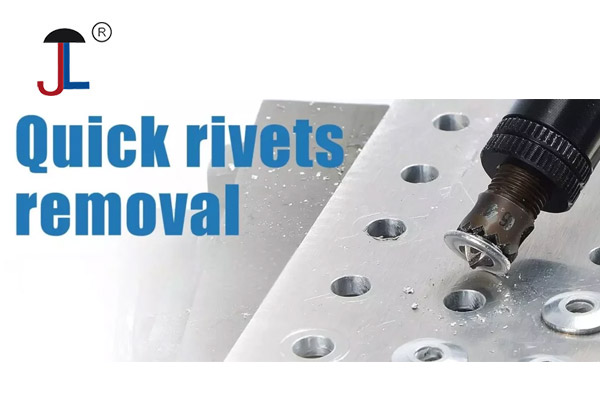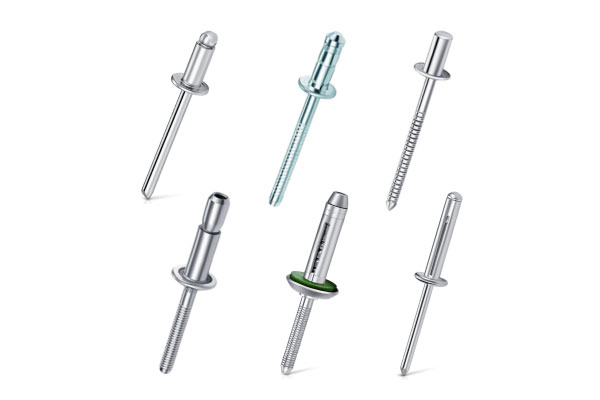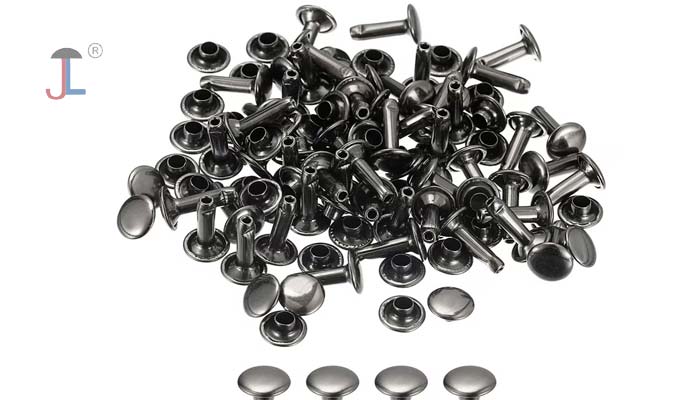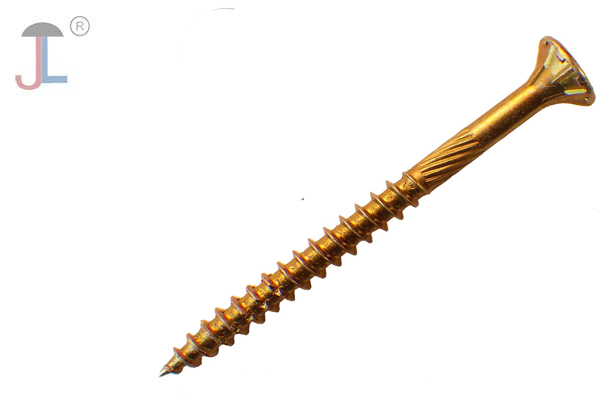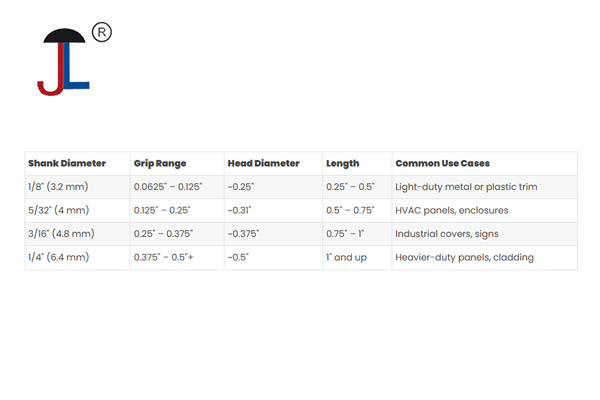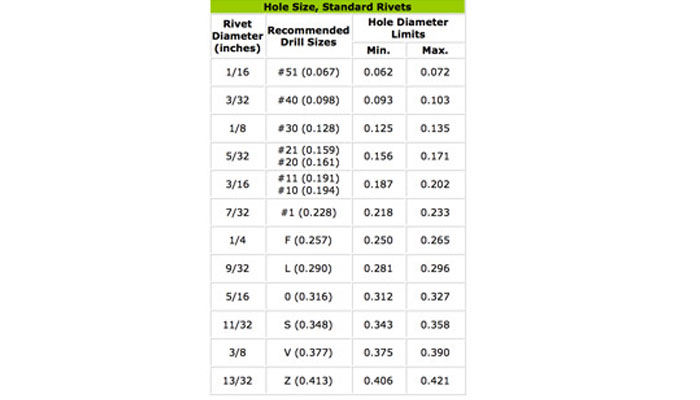When it comes to joining metal components in construction, manufacturing, or even aerospace engineering, the debate between riveting vs. welding has been around for decades. Both techniques have unique advantages, but one question continues to surface: Are rivets stronger than welds?
The answer? It depends. Strength isn’t a one-size-fits-all metric. Let’s break it down.
What Are Rivets and Welds?
Before we compare the two, it’s important to understand how they work.
Rivets: The Classic Mechanical Fastener
A rivet is a permanent mechanical fastener made of metal. It passes through pre-drilled holes in two or more components. Once inserted, the end is deformed (often by a hammer, hydraulic press, or riveting gun) to clamp the materials together tightly.
Rivets are still widely used in:
- Aerospace structures
- Bridges and steel towers
- Historical shipbuilding

Welds: Fused for Strength
Welding, on the other hand, is a process that fuses materials together using heat (and sometimes pressure). It creates a joint that’s essentially part of the original metal, often stronger than the base material itself—if done correctly.
Common welding methods include:
- MIG (Metal Inert Gas)
- TIG (Tungsten Inert Gas)
- Stick Welding
- Spot Welding (for thin sheets)

Rivets vs. Welds: Which Is Stronger?
Let’s look at several key aspects of strength:
1. Tensile and Shear Strength
When it comes to pulling or shearing forces, welds typically win. A properly executed weld can match or even exceed the strength of the base metal.
Rivets, being mechanical fasteners, are strong but not fused with the metal. Their strength is limited by their material and how many are used. A single rivet has less tensile strength than a continuous weld. However, a well-designed riveted joint with multiple fasteners can still handle significant stress.
Bottom Line: Welds are stronger in raw tensile and shear strength.
2. Fatigue Resistance
Here's where rivets often shine. In applications where materials undergo constant stress cycles (think aircraft wings flexing mid-flight), rivets perform better.
Welds can develop microcracks over time due to fatigue and heat-affected zones (HAZ). Unless treated properly, these can compromise structural integrity.
Bottom Line: Rivets offer superior fatigue resistance in high-cycle load applications.
3. Vibration and Shock
Riveted joints offer a slight mechanical “give” that makes them better at handling vibration or shock loads without cracking. Welds can become brittle over time in such environments.
Bottom Line: Rivets handle vibration better; welds may crack unless reinforced.
4. Durability and Longevity
Welds are extremely durable in static, high-load applications, but they’re prone to corrosion or failure without proper finishing and inspection.
Rivets, especially made of stainless steel or aluminum, are highly resistant to corrosion and maintain performance over time.
Bottom Line: It depends on the environment—welds in dry, stable settings; rivets in dynamic, corrosive, or fatigue-heavy environments.
5. Inspection and Maintenance
Rivets are easy to inspect. You can often see if a rivet has popped or loosened with the naked eye. Welds? Not so much. Weld integrity often requires non-destructive testing (NDT) like ultrasonic or X-ray inspection.
Repairs are also easier with rivets—you simply drill them out and replace them. Weld repairs require cutting, grinding, and re-welding.
Bottom Line: Rivets win for maintenance and inspection simplicity.
When to Choose Rivets Over Welds (and Vice Versa)
Choose Rivets When:
- You need excellent fatigue resistance
- Vibration is a concern
- You require easy field repair or inspection
- Materials are sensitive to heat or can’t be welded easily
- You're working on aircraft or thin-gauge aluminum
Choose Welds When:
- You need maximum strength and stiffness
- You're working in mass production or robotic automation
- Load paths are well understood and mostly static
- Clean appearance or weight reduction is a priority
- Joining thick or high-load bearing components
Real-World Examples
- Aircraft: Rivets dominate. Why? Lightweight, vibration-resistant, and easy to inspect.
- Automotive Manufacturing: Welds dominate. They're fast, clean, and strong for mass production.
- Bridges and Skyscrapers: Both are used. Welds for main structural joints, rivets or bolts for modular components.
Final Verdict: Are Rivets Stronger?
No—but they can be more reliable, depending on the situation.
Welds offer superior raw strength, but that doesn’t always make them the best choice. Rivets bring fatigue resistance, ease of inspection, and flexibility—all of which are critical in many real-world applications.
In the end, choosing between rivets and welds isn’t just about strength. It’s about selecting the right method for the right conditions.
Need Help Choosing?
Whether you're building a prototype, managing a large-scale fabrication project, or restoring a classic aircraft, understanding the strengths and limitations of each fastening method is crucial.
Still unsure which is best for your application? Let’s talk! We’re happy to help you pick the right technique for your needs.

